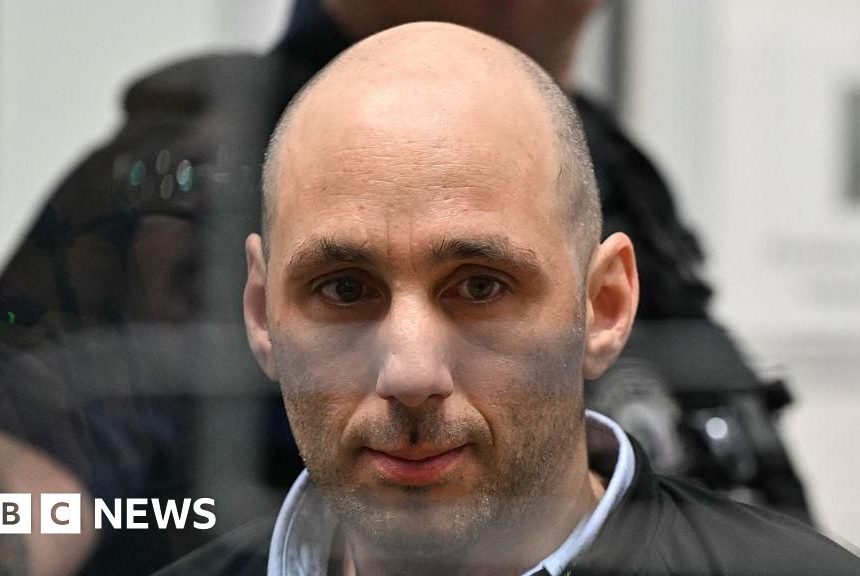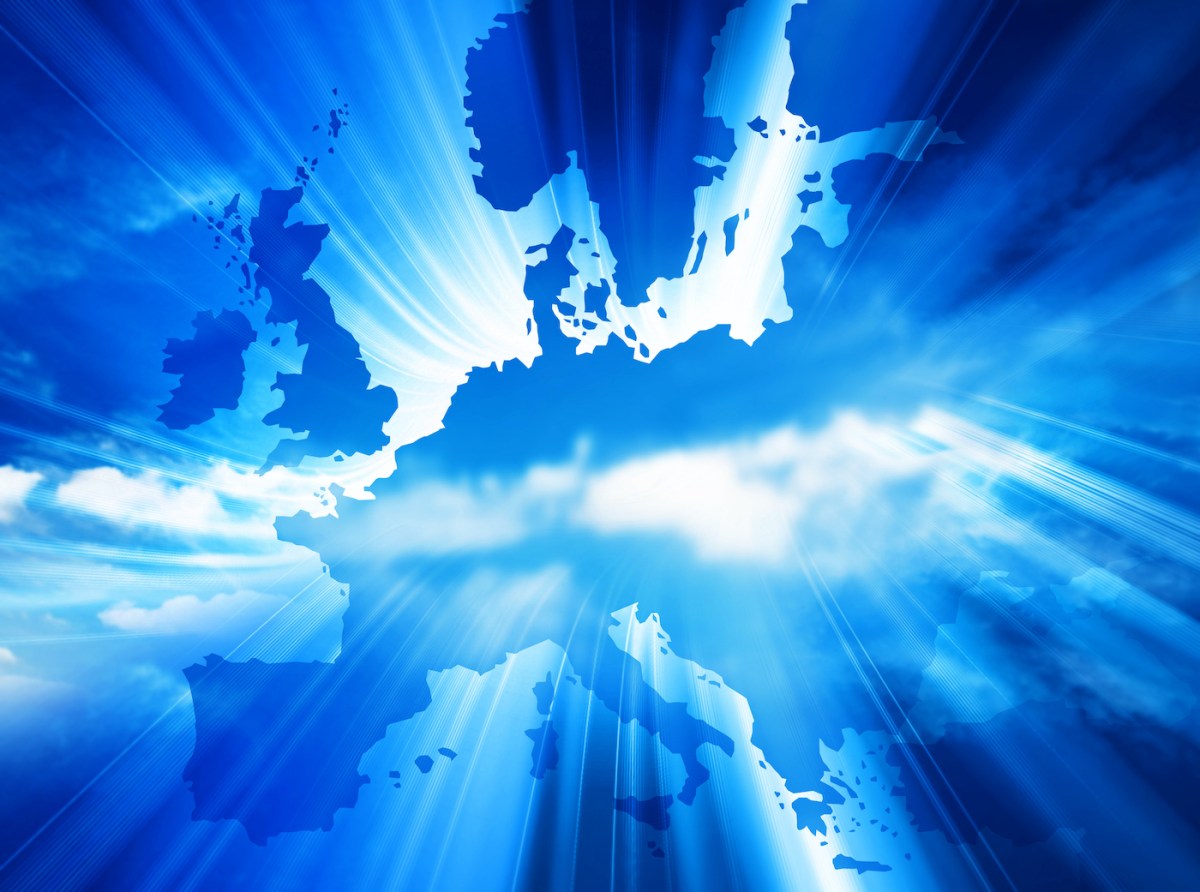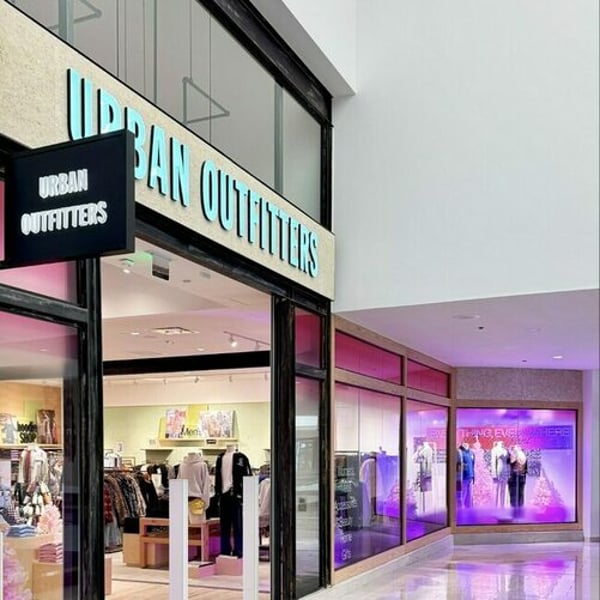The 21st century may be a time of human estrangement, but the pleasures of watching our favourite band or singer play live surely unite millions of us. There is something about the whole ritual that crystallises what popular music fundamentally is: a profoundly democratic artform that will always soundtrack the lives of just about everybody.
But perhaps all that is on its way out. When it comes to big names, gig-going is becoming absurdly expensive. The ticket market is now both byzantine and hierarchical, often carving up audiences into no end of tiers. Thanks to the exploitative absurdity of “dynamic pricing” and resale websites, it also charges people much more than even the original face-value ticket prices. To track what’s going on in terms of average price rises can therefore be very difficult. But in the face of an ongoing cost of living crisis, the eye-watering upward trend is crystal-clear, and driven by those artists in the commercial super league of music. That may suit them and the industry players who take a cut, but it is starting to look like very bad news for everything music is supposed to represent.
The Manchester-based digital marketing agency Dark Horse recently published a report centred on a large handful of big-selling acts, and the differences between the prices they charge now and charged in 2005. Back then, if you wanted to see an artist in either a stadium or indoor arena, your budget usually had to be somewhere between £30 and £50. But such gigs now routinely come in at way over £100, with plenty of acts charging fans who happen to be wealthy a whole lot more. If you want a vivid example of what has changed, try this: according to Dark Horse, in 2005 the face value of a ticket for “general standing” at an Oasis gig was the equivalent of three hours’ work at the median hourly wage. These days, you’d have to graft for pretty much a whole day: seven hours and 56 minutes, to be precise.
Go back a decade earlier, and the picture becomes even starker. In July, analysis by the Yorkshire Post showed that between 1996 and 2025, the average UK concert ticket price increased 521%. Back then, the relevant cost was £16.99. Today, that figure has zoomed up to £105.60. If ticket prices had gone up line with inflation, the average cost would now be £34.18. “This means fans are currently paying nearly three times more than what would be expected based on inflation alone,” the Post said. “The most significant jump in prices has occurred recently, with an 80.5% increase since 2021.”
There are heroes here too. Hats should be raised to the former Housemartins and Beautiful South frontman Paul Heaton, who recently capped prices for his gigs at big indoor venues at £35. Last week, those gnarled veterans the Cure announced summer dates with core prices starting at £77.50: their leader, Robert Smith, says dynamic pricing is a “scam” that is “just driven by greed”.
For the most part, however, the sense of prohibitive expense is overwhelming. In 2022, a standing ticket for Billie Eilish’s run of shows at the O2 arena in London cost an average of £76. This summer, the price was about £245. Consider also the insane prices charged for the “VIP” tickets that are now a particularly depressing aspect of the live ritual. The most expensive “package” for Oasis’s Wembley concerts came in at £506.25 per person. When Beyoncé played the Tottenham Hotspur stadium, places in the “Buckin’ Honey Pit” and “Sweet Honey Pit”, went for £858.10. Any two-bit economist will tell you what those elite prices tend to entail for the rest of us: in proving that there are people who will cough up that much (and more), they add to the general upward pull.
There are some rising costs that musicians and venues cannot avoid: energy bills, the increasingly stupid prices charged by hotels, how much Brexit has added to touring expenses. Perhaps understandably, the huge decline in sales of music as a physical product has focused the mainstream industry’s attention on wringing as much money as possible from live performance. But a concert market dominated by a single corporate giant – Ticketmaster, now has a 60% UK market share – is another part of the story.
Connected with all this is a change in many people’s understanding of what a gig actually is. I am quite old. The best concert I have ever seen was probably the Smiths at Salford University in the summer of 1986 – when they were in their pomp, and a ticket cost £4 (£12 in today’s prices, according to the Bank of England website). Back then, the pinnacle of musical achievement for most musicians was symbolised by such legendary theatres as London’s Hammersmith Odeon (now the Eventim Apollo), Manchester Apollo and Newcastle City Hall. The embodiment of the modern gig economy, by contrast, is the kind of sterile indoor arena that entails maximum efficiency – playing to as many people as you can in as few nights as possible – or, for music’s aristocracy, those huge stadiums.
These venues are a byword for astronomical prices, and contribute to audiences’ modern expectations of big screens and pyrotechnics – which drive up costs and prices even further – and with no allowance for rough edges or artistic funny business. If you are paying big money to get in, that is hardly unreasonable. Yet it is also bad news for music’s creative health, and how people are likely to judge the kind of grassroots gigs that happen in more modestly sized places. Part of music’s current transformation is the fact that so many of the UK’s small venues – where ticket prices remain low, and are largely static – are still closing down, at speed. But if they are competing with gigantic spectacles staged in arenas and sports venues, is it any wonder that they find themselves struggling? Worse still, the insane money people have to pay for big gigs surely limits their spend on smaller ones.
after newsletter promotion
The result is an art-form being shorn of its edges and twisted out of shape: if you ever wonder why so much 21st-century music seems to have so little to say about the troubling state of the world, its greedy economics are surely part of the explanation. Just to make this clear: plenty of music of substance is still being made (a tip: if you can, go and see one of the forthcoming tour dates being played by the Leeds-based merchants of magical realism English Teacher, for which tickets are priced at about 30 quid). But how does this music break through and achieve the dream of mass communication when the gap between the grassroots and music’s upper echelons now seems so impossibly huge, and success involves more of a surrender of ethics and creative bravery than ever?
Perhaps the essential problem is laughably simple. The songs we stream into our earphones are effectively free; as a consequence, live music has reached the point where sheer expense is threatening to destroy what we love and treasure about it. I know: it’s only rock’n’roll, and all that. But that still sounds to me like the stuff of cultural disaster.


